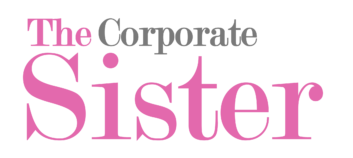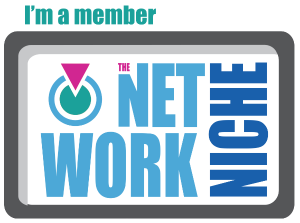 We all have goals. Yes, even my toddler, whose ultimate purpose at the moment is to get whatever he wants, at whatever cost, including obliterating my hearing sense for the rest of my natural life. But I digress…And really, it’s hard to gage a good goal from a bad goal. After all, competitive eaters have as a goal to eat as much as humanly possible in a short period of time, while some of us are pros in the art of counting calories. It’s all a matter of perspective, right? Yet, one of the major components of performance evaluations at work is embedded in the process of setting, and meeting, effective professional goals. And between that and counting calories, even the most carb-addicted among us would start counting calories…
We all have goals. Yes, even my toddler, whose ultimate purpose at the moment is to get whatever he wants, at whatever cost, including obliterating my hearing sense for the rest of my natural life. But I digress…And really, it’s hard to gage a good goal from a bad goal. After all, competitive eaters have as a goal to eat as much as humanly possible in a short period of time, while some of us are pros in the art of counting calories. It’s all a matter of perspective, right? Yet, one of the major components of performance evaluations at work is embedded in the process of setting, and meeting, effective professional goals. And between that and counting calories, even the most carb-addicted among us would start counting calories…
Many think the very process of setting goals is ineffective. It tends to make you less happy, assumes you can control outcomes you often have no control over, and generally you’re right back to eating carbs after reaching your weight loss goal. If goal setting does not generally work then, how do we manage the process at work without it being totally ineffective?
1. View it as a process: Most of us know the traditional SMART guidelines for goal-setting. They have to be specific, measurable, achievable, relevant and timely. Just like a diet, the yo-yo kind. It works until you reach your goal, and google all cupcake shops within a mile.
Instead, view it as a process with increasing milestones. It allows for a margin of error in case of setbacks, unexpected events and/or mistakes. Think marathon, not sprint!
2. Focus on continuous feedback: Reaching a goal without improving on yourself at a deeper level is like losing water weight. The change is flattering but temporary. Continuous, quality feedback makes you think about the process as a whole, not just as a means to an end. Seek and obtain deep, continuous feedback on your progress as you near your goal.
3.Self-feedback helps too! How many times do you ask yourself how you’re doing as you pursue a goal? Or do you just keep trudging along, never pausing to reflect until you’re done?
Make it a habit to periodically self-assess as you pursue your goal. Write down whether you feel more empowered, how close you feel to your goal (or not), and how well you are performing in the process.
4. Innovation matters! Traditional, standard goals are like your regular sheets cakes with light frosting. Good, but not great. When it comes to setting goals, effective, noticeable, advancement-worthy goals, you want the guava filling, rich buttercream frosting my favorite Dominican bakery in Central Falls makes.
What you want are entrepreneurial, innovative goals that don’t leave room for humbug progress. You want the works. As you set professional goals, go for original, different, shoot for buttercream frosting and guava filling.
5. Don’t stop there! Reaching your goal should only be part of your objective. Getting to the top of the mountain is not the end of the journey, it’s the beginning of another chapter. Structure your goal around common themes so as to increase their impact. Expand them beyond your own individual work. Involve colleagues and related departments. Don’t stop there, keep going!
How about you? How do you manage to set effective goals at work?
The Corporate Sis.







